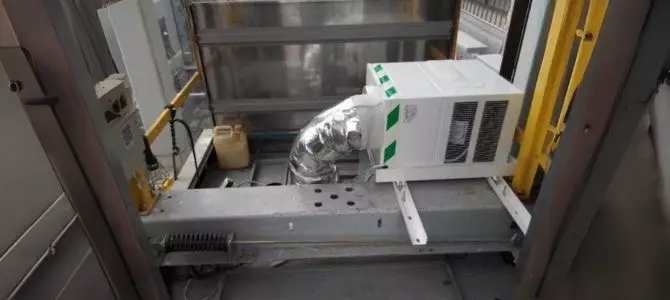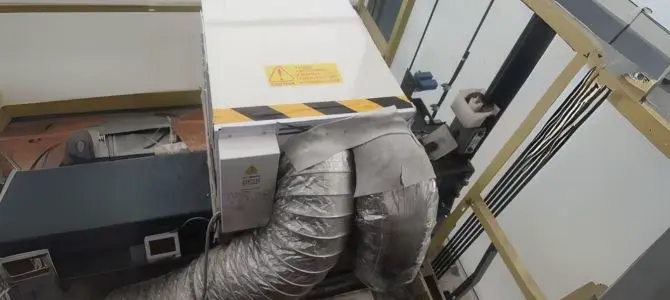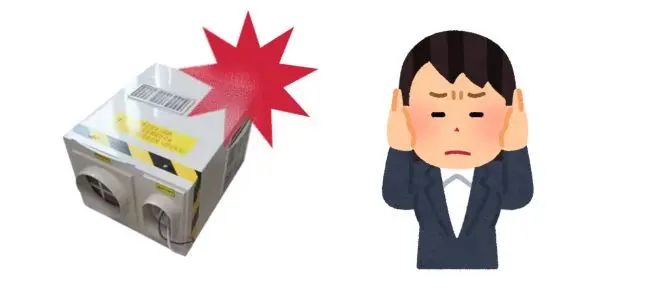Elevator air conditioners are essential for providing a comfortable environment in the elevator cabin, especially during hot weather. When they fail, the situation can quickly turn frustrating for users and maintenance staff alike. To address this issue effectively, it’s important to understand the root causes and take immediate action. This guide will help you troubleshoot common elevator air conditioner problems and offer practical solutions to keep your system running smoothly.
The air conditioner won’t start if it doesn’t have power. This could be due to:
Check that the elevator’s power is on and stable. Inspect the circuit breaker and reset it if needed. Verify voltage levels and fix any wiring issues. If the problem persists, the fuse or electrical components might need replacement.
If the fan is operational but there’s no cool air, the problem could lie with:
Ensure the thermostat is set to a lower temperature than the cabin’s ambient temperature. Clean the return air ducts and vents to improve airflow. If the compressor isn’t working, consult a professional to repair or replace it.

Sometimes, the air conditioner appears to work, but cooling is insufficient. Common causes include:
Inspect the air ducts for blockages and clean the condenser coils regularly. If refrigerant levels are low, hire a technician to refill and check for leaks. Seal any gaps in the system to prevent warm air from affecting performance.
If the compressor turns on and off frequently, this could be due to:
Ensure the power supply is stable and the refrigerant levels are within recommended limits. Check the system mode and set it to cooling for consistent operation.

An air conditioner that stops after running briefly is likely overheating. Causes include:
Make sure the condenser has adequate ventilation and clean any debris around it. Inspect the capacitor for faults and replace it if necessary. Use a multimeter to check the current and ensure it’s within safe operating limits.
Water dripping from the air conditioner is often caused by:
Insulate the air ducts to prevent condensation. Clean the drainage system to allow proper water flow. Ensure the unit is installed level to support efficient drainage.
If water is dripping into the cabin, it could be due to:
Insulate the air outlets to prevent condensation. Redirect airflow to avoid metal surfaces and consider installing a return-type ventilation system to better control air movement.

Unusual sounds indicate mechanical problems such as:
Ensure the unit is securely mounted and free from loose parts. Check the motor and compressor for damage and replace if needed. Align and clean the fan blades to restore quiet operation.
Preventing problems is always better than fixing them. Follow these steps to keep your elevator air conditioner in optimal condition:
Ideally, perform a full service every six months and clean filters monthly.
Yes, unstable voltage can strain components like the compressor, leading to breakdowns.
Call a technician immediately to locate and seal the leak before refilling refrigerant.
A malfunctioning elevator air conditioner can create discomfort and disrupt operations. Whether the issue is a power failure, clogged filters, or low refrigerant levels, understanding the root cause is key to resolving it quickly. Proactive maintenance and timely repairs are the best ways to ensure consistent performance.
At Potensi, we offer top-quality elevator air conditioning systems and components designed for durability and efficiency. Contact us today to learn how we can help you maintain a comfortable and reliable elevator system.
① Get 10% off on your first order.
② Get latest news about our promotion products.
③ Get our sales specialist VIP service 24/7.
④ Get access to our credit payment time.
WhatsApp us
